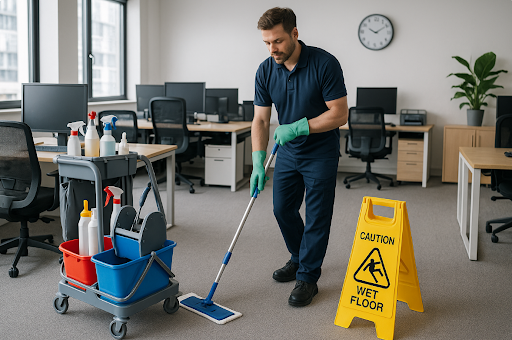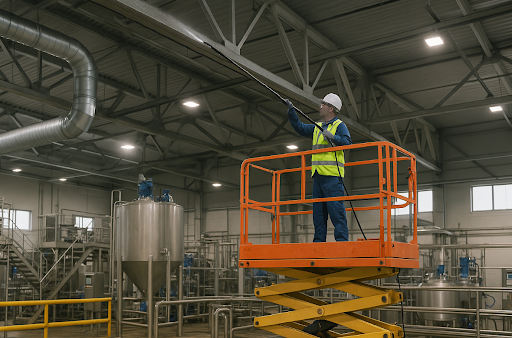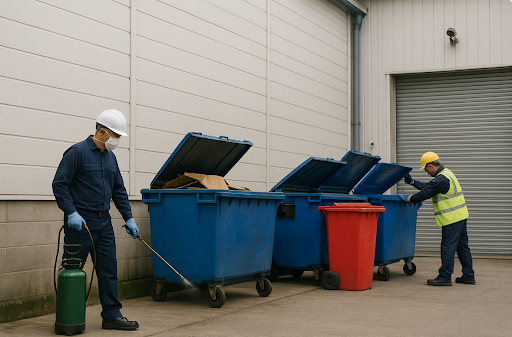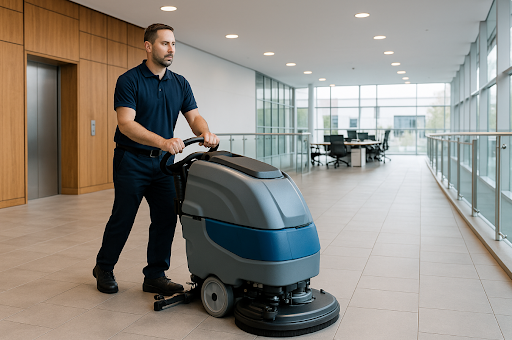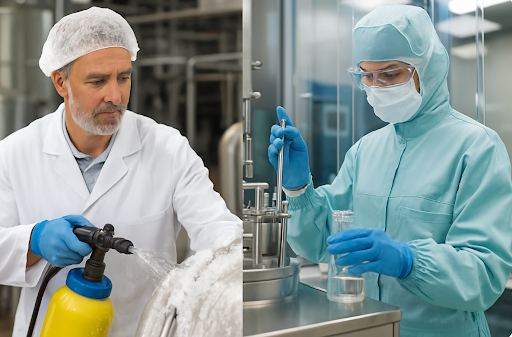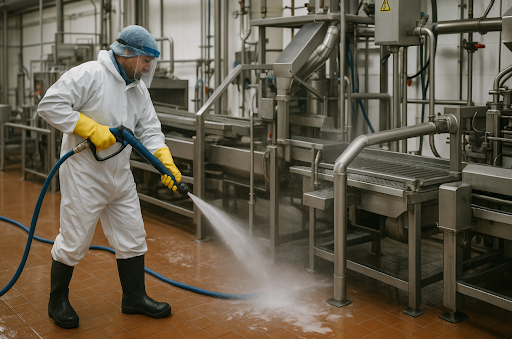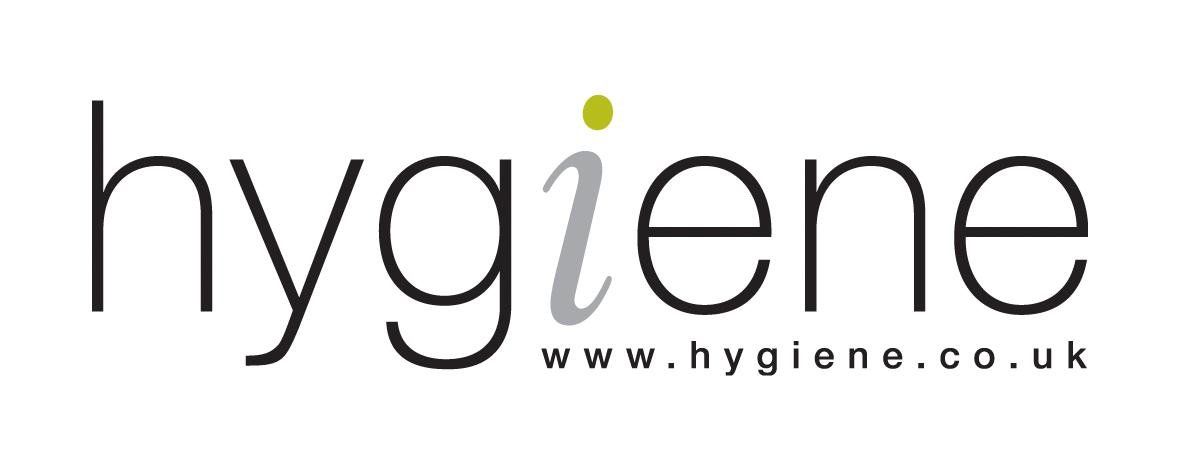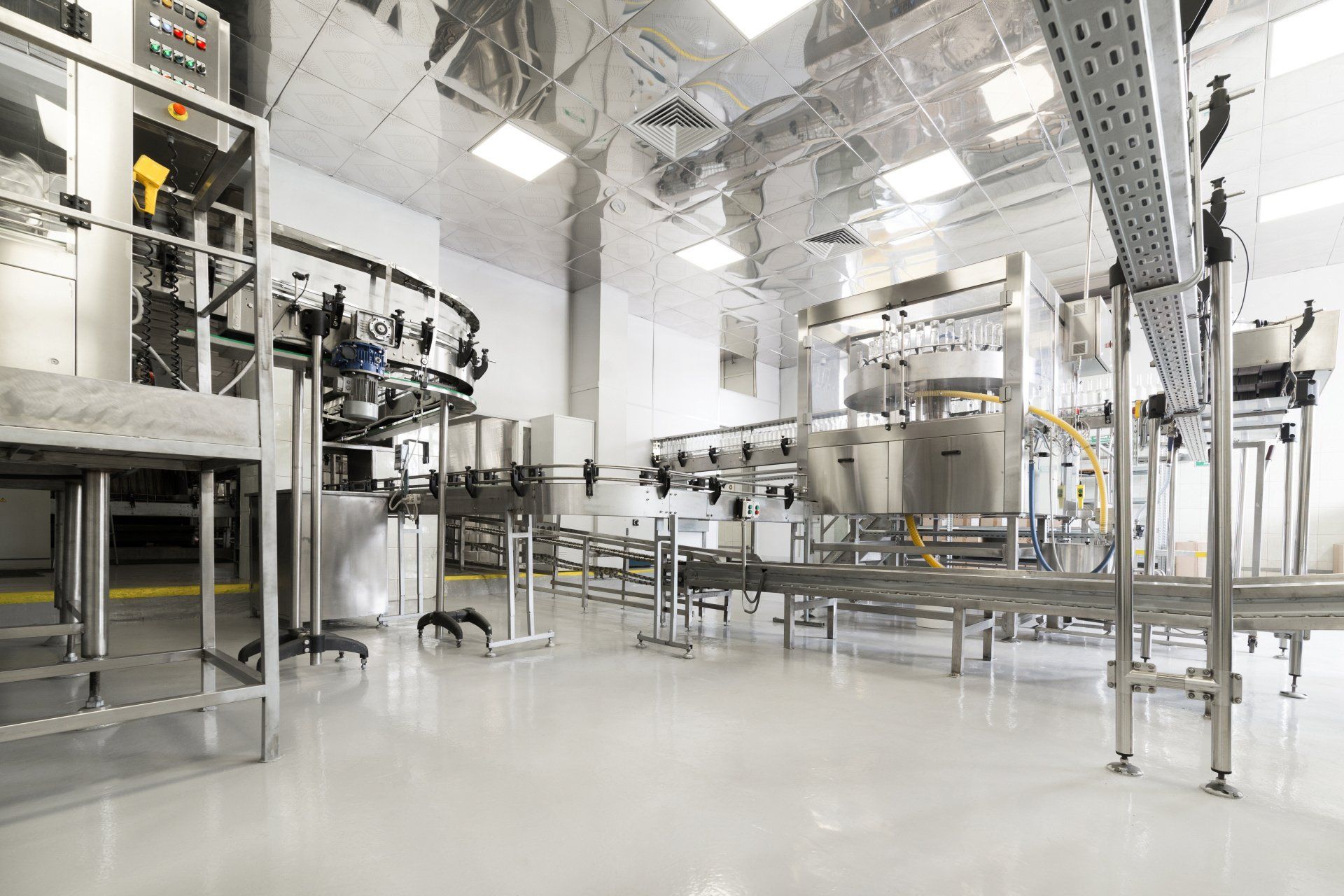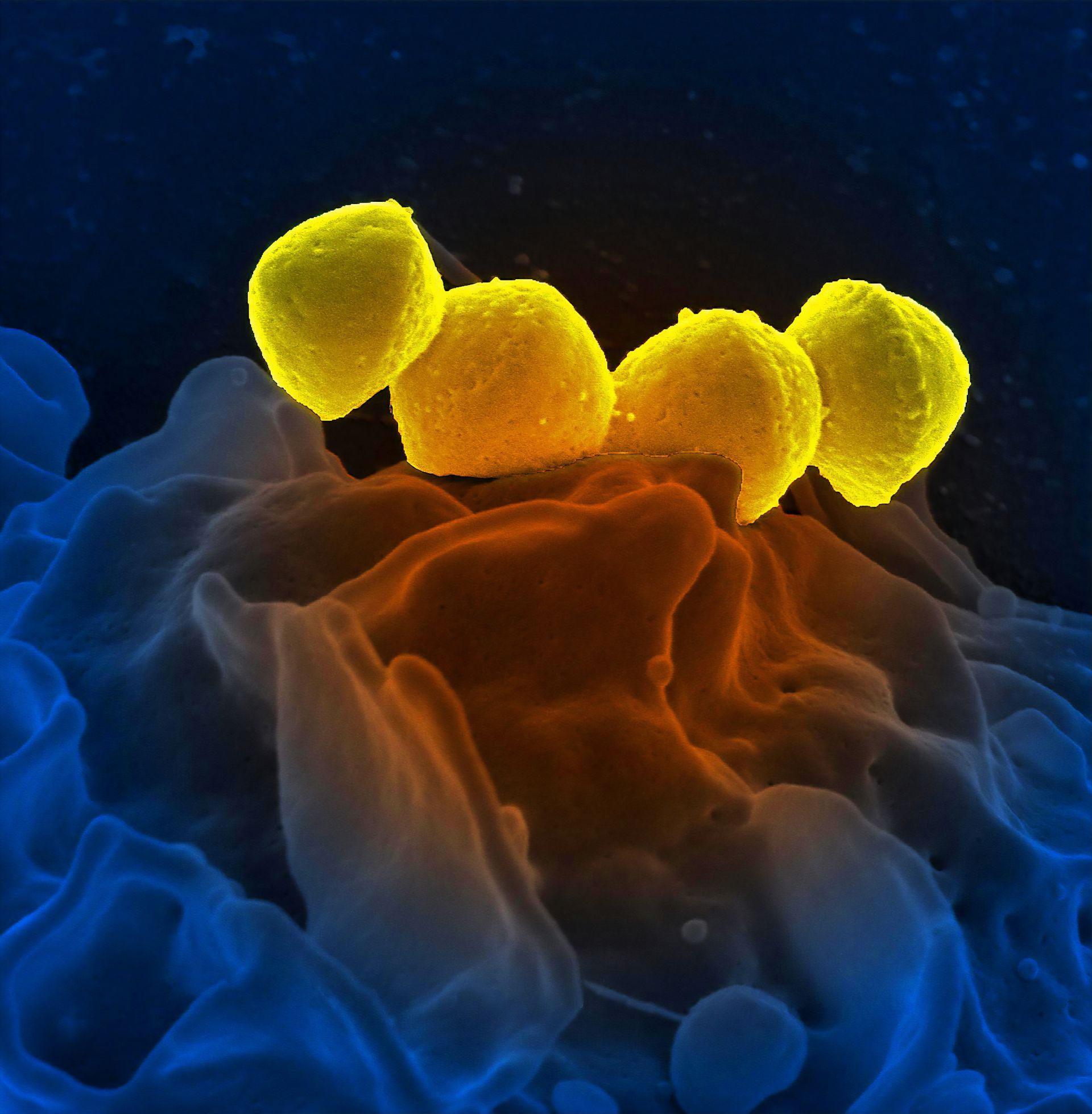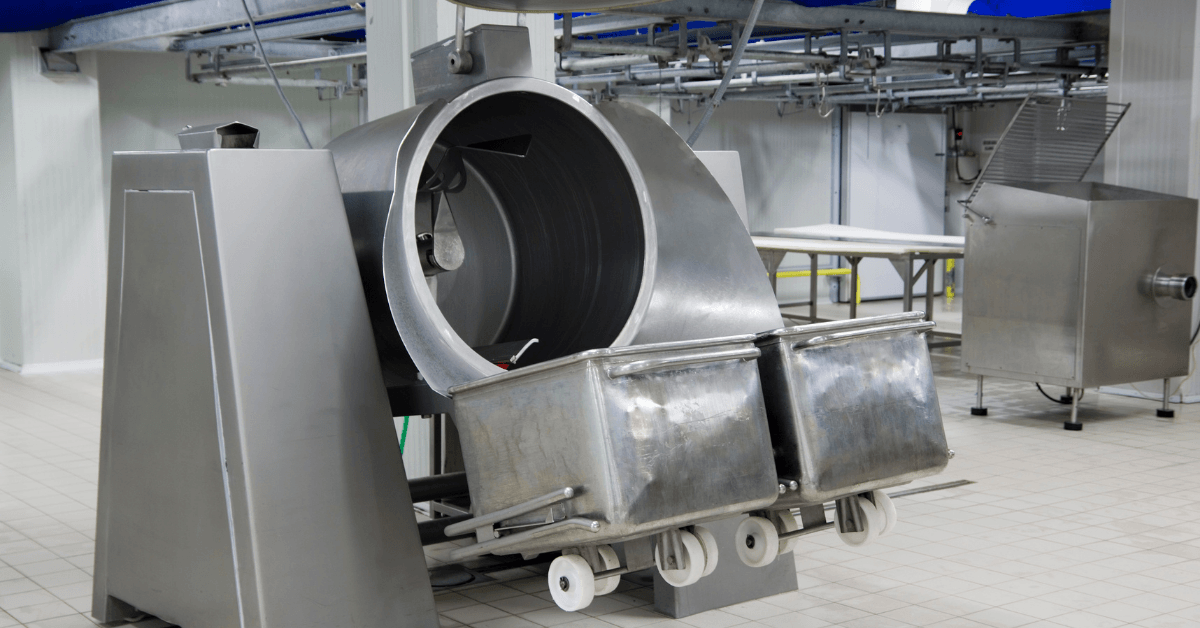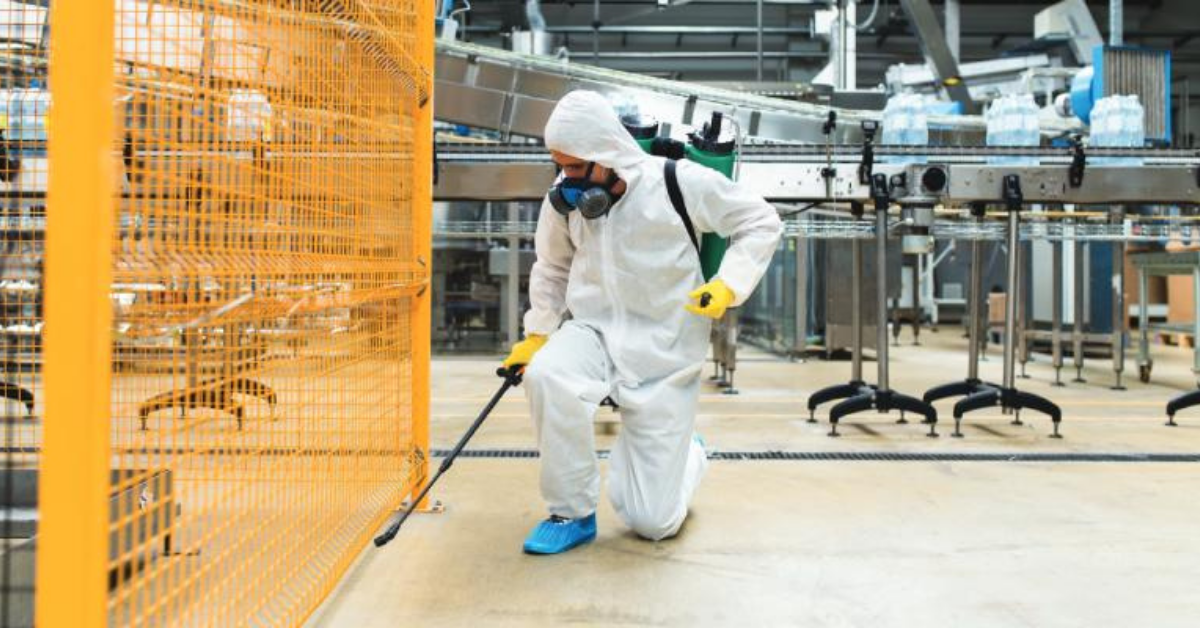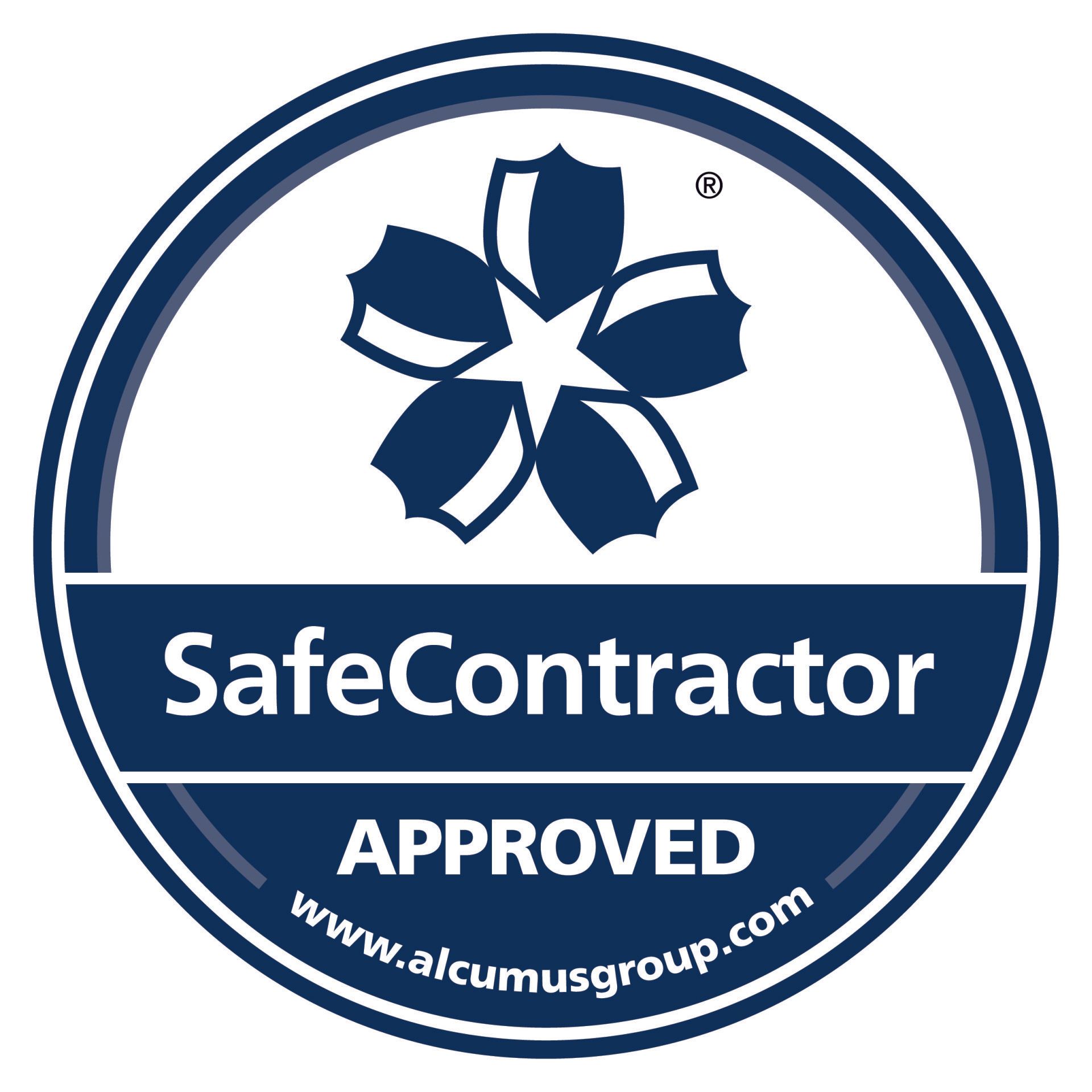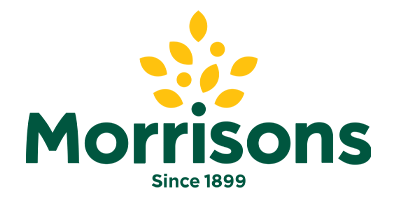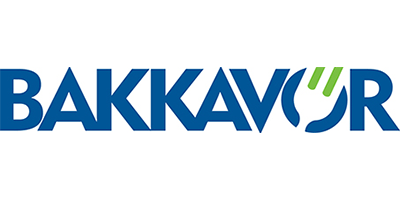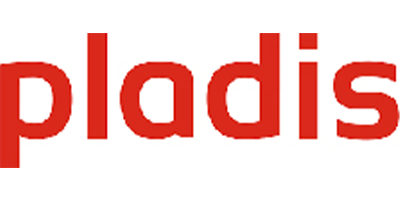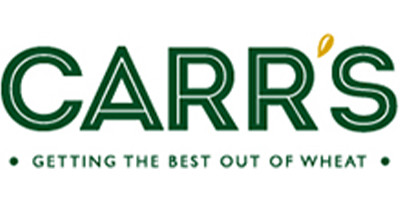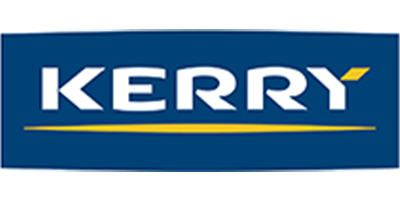Advanced Sanitisation Methods: Foam Cleaning and Disinfection Explained
Keeping a modern industrial site safe isn’t just about visible cleanliness. Surfaces can look spotless yet harbour microbes, allergens, and residues that compromise product quality and staff safety. Two techniques stand out for addressing these risks quickly and consistently: foam cleaning and professional disinfection. Used together—planned, validated, and delivered by trained teams—they create a dependable barrier against contamination in demanding environments such as food processing, pharmaceuticals, manufacturing, and logistics.
Early in any hygiene review, it helps to separate soil removal (cleaning) from biocidal control (disinfection) and then choose the right method for each surface and risk level. This is where specialist support becomes valuable. For a deeper look at the services available, see our foam cleaning services in the UK and commercial disinfection services in the UK—both delivered by trained mobile teams working in production spaces, offices, and shared areas.
What foam cleaning actually does
Foam cleaning uses metered equipment to blend water, detergent or disinfectant, and air into a stable, clinging foam. Applied through lances or foaming stations, it sticks to vertical and complex surfaces, keeps the chemistry in contact with the soil for longer, and makes coverage easier to verify at a glance. Because the foam doesn’t run off immediately, it reaches corners and shadowed areas and reduces aerosol formation compared with fine sprays—useful in sensitive processing zones.
Why food plants rely on foam:
- Adhesion and dwell time: The foam’s “creep” helps treat undersides, seams, and hard-to-reach geometries on conveyors, fillers, tables, and walls.
- Repeatability: Visual “white-out” confirms coverage and standardises results between shifts.
- Speed on large areas: Production rooms with extensive stainless steel and tiled surfaces can be cleaned quickly and to a clear standard.
- Safer application: Less airborne mist than spray methods lowers exposure risk for operators.
Typical applications include food plant foam cleaning in dairies, meat and vegetable processing, ready-meal lines, and high-traffic pack areas—spaces where rapid, auditable hygiene outcomes are non-negotiable.
A practical foam-cleaning workflow consists of:
- Pre-rinse to remove loose debris and reduce soil load.
- Apply foam at the specified dilution, temperature, and pressure.
- Hold for contact time to let the chemistry work on fats, proteins, starches, and biofilms.
- Agitate where needed (e.g., brushes on stubborn deposits).
- Rinse to drain and, where required, sanitise/disinfect as a separate step.
- Verify (visual checks, ATP/protein swabs) before handback to production.
When foam is used for cleaning and disinfection phases, it ensures the chemicals and sequence are validated for your site soils and materials—particularly on food-contact surfaces, elastomers, and seals. (Hygiene Group’s foam systems are designed for food production environments and delivered by trained technicians.)
Where disinfection fits—and why it’s different
Cleaning removes soil; disinfection reduces microbes. In practice, routine cleans are often followed by targeted disinfection during changeovers, after maintenance, or as part of a periodic deep-clean. During outbreaks or heightened risks, a virus disinfection contractor can deploy enhanced techniques and virucidal chemistries across touchpoints, welfare areas, and circulation routes. Hygiene Group’s mobile crews deliver these site disinfection services across commercial premises and production facilities, applying specialised chemicals to suppress bacteria and viruses that can’t be seen with the naked eye.
When to call in professional disinfection:
- Post-incident or outbreak: Confirmed cases or increased absenteeism.
- Audits and changeovers: To reset hygiene baselines before a new product run.
- High-risk seasons: Flu peaks or when visitor numbers rise.
- Sensitive operations: Cleanrooms, high-care food areas, or shared amenities.
Professional industrial disinfection services complement routine sanitising by addressing microbial risks that standard cleaning might miss—especially on textured or irregular surfaces, or where manual touches are frequent.
Foam cleaning & disinfection: working as one system
Think of foam and disinfection as matched tools. Foam gives you surface contact, soil removal, and visible control; disinfection gives you targeted microbial reduction. Used together, they deliver:
- Consistency: Standard methods and contact times across large areas.
- Evidence: Visible coverage plus documented verification.
- Speed: Rapid resets between shifts or product runs.
- Control: Reduced aerosol compared with atomised sprays in sensitive zones.
In multi-site estates, embedding this pairing into SOPs keeps outputs predictable while simplifying training and audits—especially useful when a single provider manages industrial foam cleaning and disinfection & sanitisation services.
Selecting the right chemistry and method
- Soil type: Protein/fat loads respond well to alkaline detergents; mineral films may need acid phases; biofilms may require oxidising agents.
- Material compatibility: Choose products suitable for stainless steel, plastics, gaskets, and painted finishes.
- Contact time vs. throughput: Balance dwell times with production schedules.
- Rinse and residue: Confirm rinse quality on food contact surfaces and electrical panels.
- People and environment: Use methods that limit aerosol and chemical exposure where possible—foam helps here.
Where whole-site resets are required, commercial disinfection services by UK-trained teams ensure correct dilution, application, and documentation—supported by recognised accreditations and audited processes.
Implementation tips for facility managers
- Map your risk zones: Separate raw, high-care, pack, welfare, and office areas; define the hygiene level and frequency for each.
- Standardise the kit: Fixed or mobile foaming stations, colour-coded lances/hoses, and labelled chemical storage help drive compliance.
- Codify contact times: Post laminated SOPs with foam and disinfectant contact times and responsible roles.
- Verify and trend: Use ATP/protein swabs, plates where required, and keep dashboards by zone and shift.
- Train the line: Operators should understand what foam is doing, when to escalate to a virus disinfection contractor, and how to leave areas “ready to run.”
- Audit suppliers: Expect proof of competence, chemical data sheets, accreditations (e.g., ISO 9001/14001, SafeContractor), and sector references.
Why partner with a specialist
Foam systems and disinfection campaigns are only as good as their planning and execution. The right partner aligns methods to your products and equipment, validates outcomes, and works at the rhythm of your production. Hygiene Group provides hygiene foam wash and site disinfection services through trained crews experienced in food factories, manufacturing plants, and commercial estates—supported by recognised certifications and an audited quality system.
If you’re refreshing SOPs or preparing for peak season, we can help you design an integrated plan that’s fast to mobilise and simple to audit. Explore our foam cleaning services and commercial disinfection services, or speak to us about combining both into a single programme with clear KPIs and reporting. For an overview of our wider capability across sectors and sites, start at industrial cleaning services UK.
